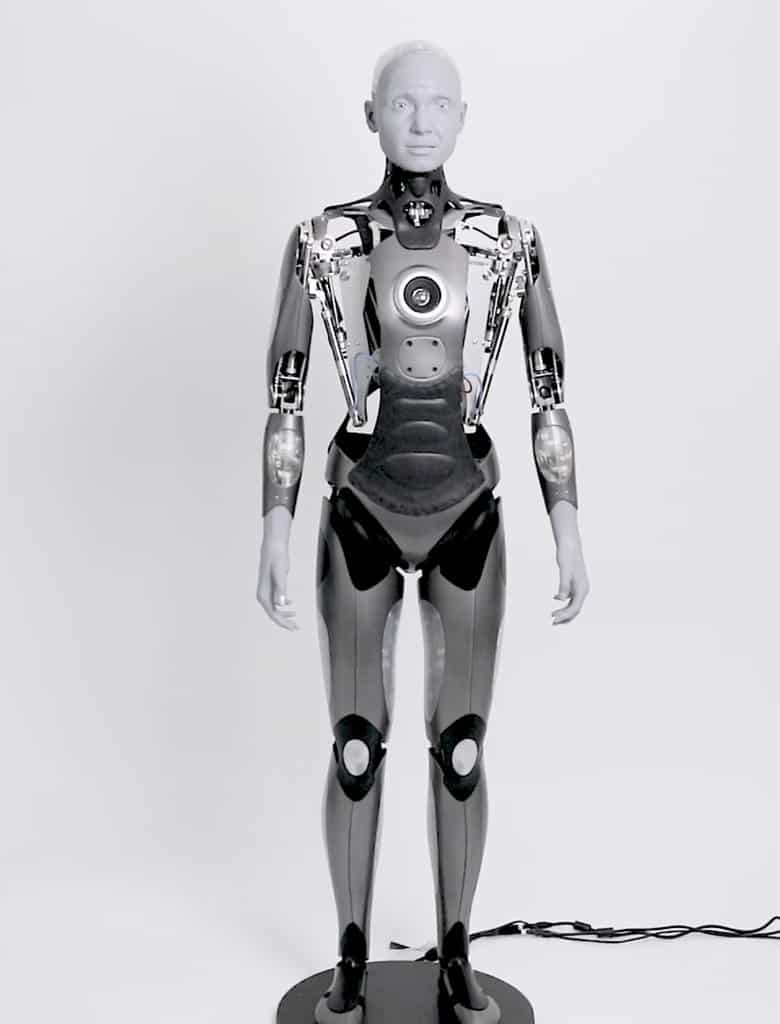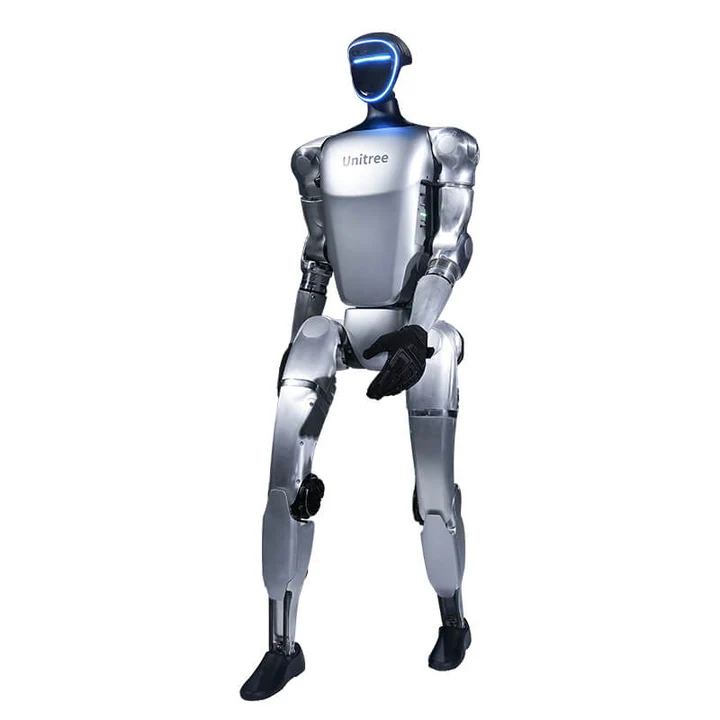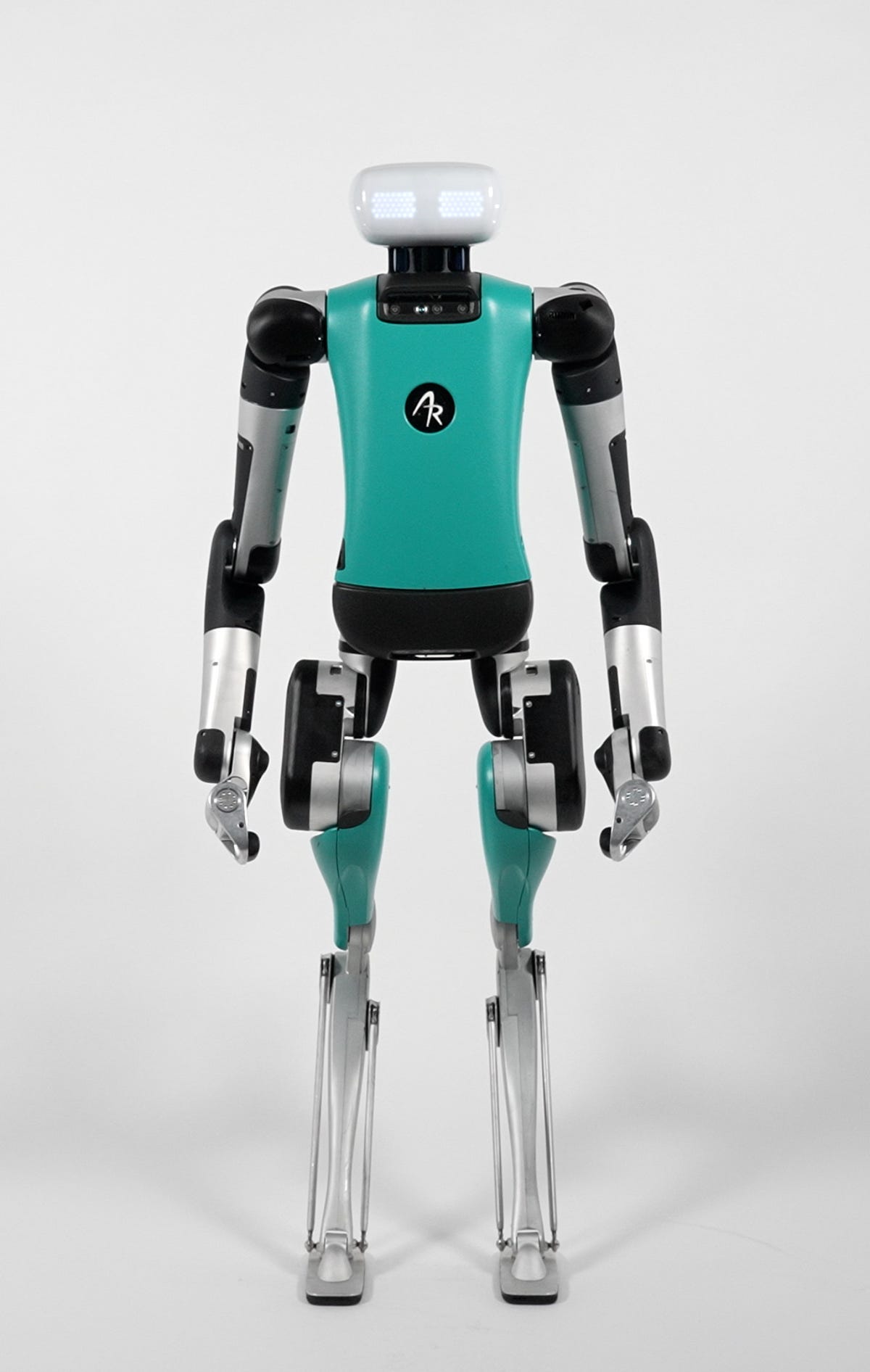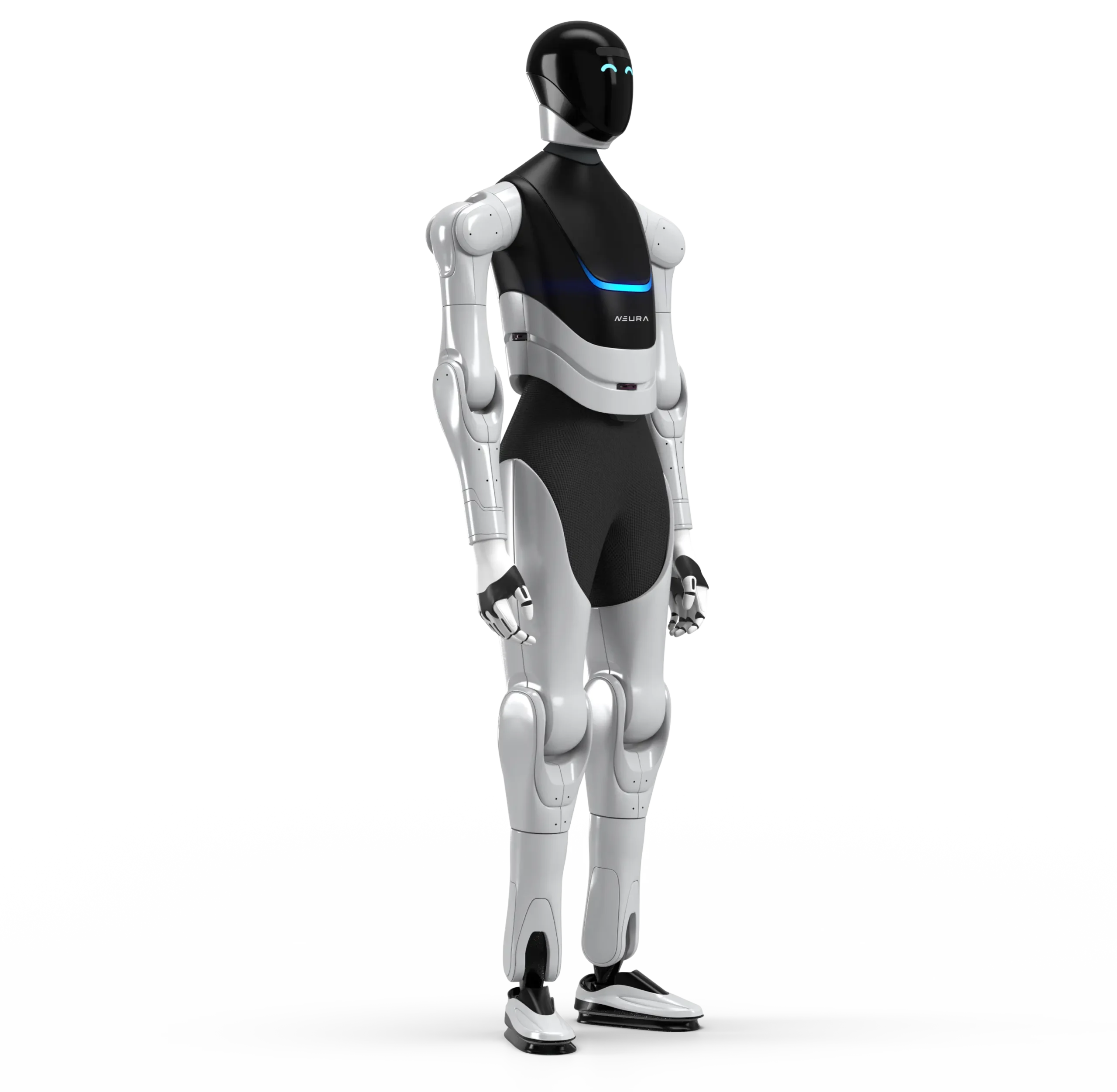EngineAI - SE01 Robot
EngineAI’s SE01 Robot is a humanoid robot built for versatile applications in service, logistics, and education. This robot combines agility and precision, allowing it to carry out a range of tasks effectively. Designed with advanced AI, SE01 can interact through natural language processing, making it suitable for customer service, education, and more complex tasks in collaborative environments.
With a set of high-torque motors, the SE01 can handle delicate items and perform repetitive tasks with precision. The robot is equipped with robust navigation capabilities, allowing it to maneuver around obstacles, recognize objects, and perform tasks with minimal supervision. Additionally, its modular build allows easy customization and integration of future upgrades, enhancing its longevity and adaptability in various industries.
EngineAI’s SE01 is designed with safety measures, including advanced sensors to detect and avoid collisions, making it safe to operate alongside human workers.
Height: 160 cm
Weight: 65 kg
Speed: 5 km/h
Payload: 20 kg
Degrees of freedom: 32
Autonomy Level: Semi-autonomous
Motors: 18
Battery: 3 kWh
Runtime: 8 hours
Cameras: Dual HD vision
Sensors: LiDAR, ultrasonic, IMU, depth sensors
Software: Proprietary AI-driven operating system
Safety: Collision avoidance, human proximity sensors
Material: Reinforced alloy and polymer


















